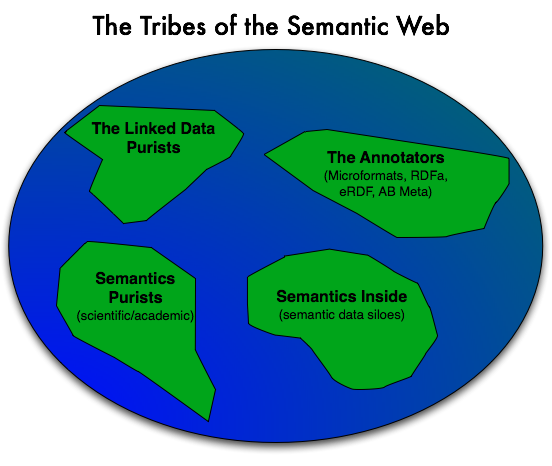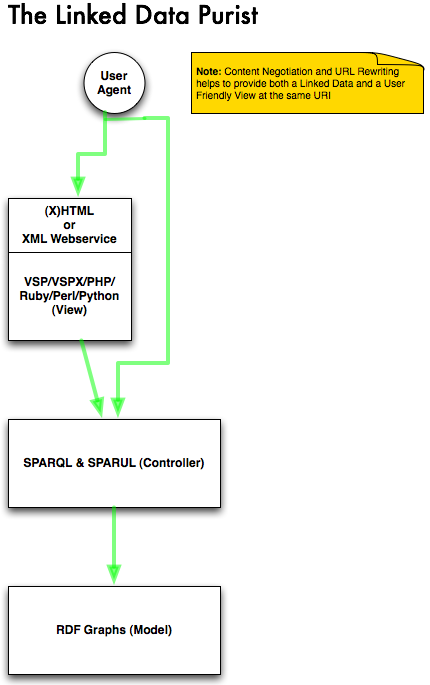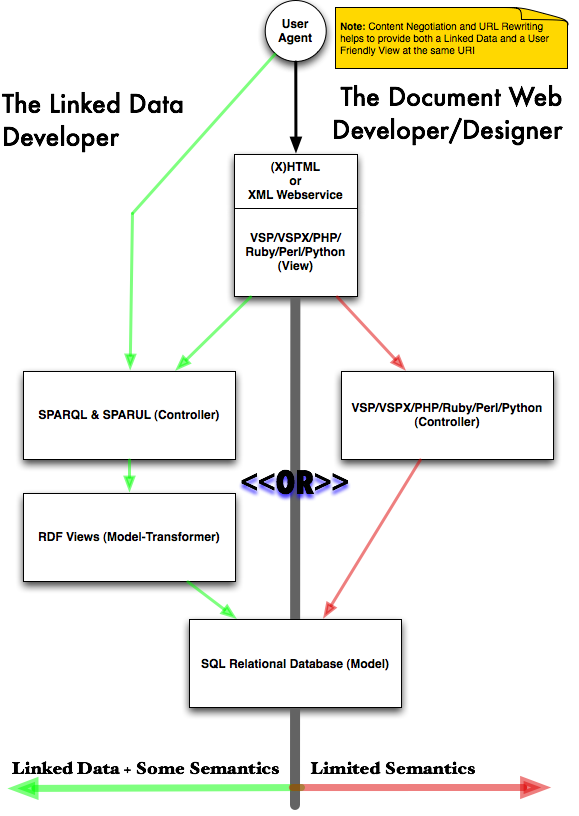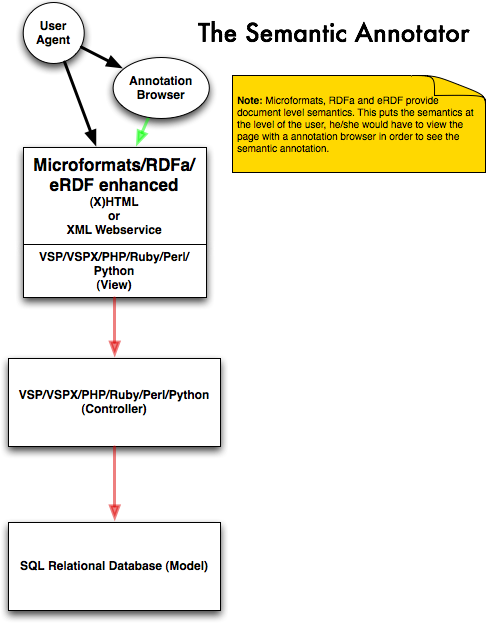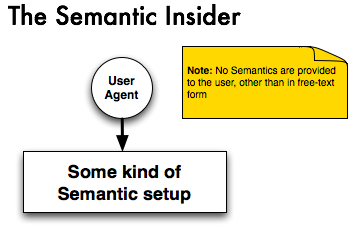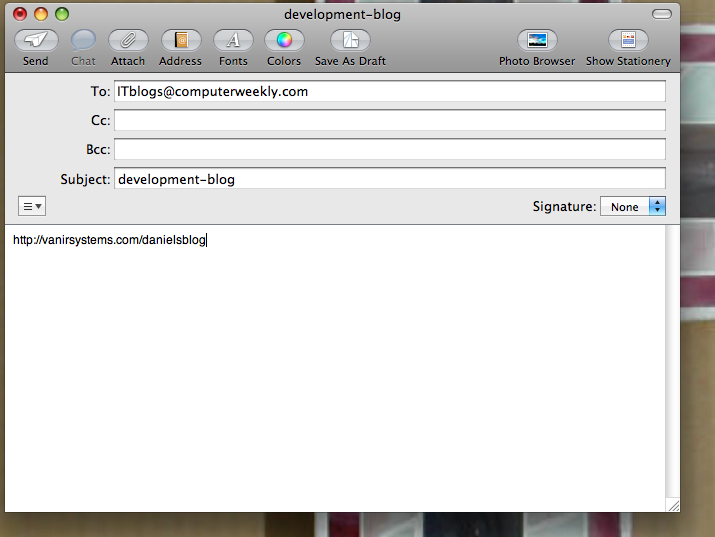I hoped to have a mini reports done day-by-day, but a restricted Internet service at my hotel and the venue meant that I wasn’t as able to as I wanted. So here it is, a bigger report. I’ll do it in an interview style.
What was XTech 2008 generally about?
XTech 2008 was about “The Web on the move”. It brought together innovators, researchers, developers and entrepreneurs to talk about the current state of the web, how its evolving and where its going in the future.
General Topics included:
- People being social on the Web… aka the “Social Web“
- Client Side development, particularly JavaScript/AJAX
- Semantic Web: Linked Data, FOAF, Microformats, RDFa, Ontologies, New Platforms from various businesses
- DataPortability: APML, FOAF, SIOC, XMPP
Oh! That sounds awesome, I wish I was there. When and where was it?
It was between 6th and 9th of May 2008, at the Radisson SAS Royal hotel in Dublin, Ireland. It was a nice looking hotel, although the food was quite poor. I didn’t stay in that hotel, I was in a hotel next to Christ Church Cathedral which was only a few blocks away from the event.
OK, so what were the highlights of the event for you?
Discovering jQuery in one of the first tutorials, a JavaScript library which is perfect for Unobtrusive JavaScript (which means that the JavaScript is only an enhancement to interaction on the page, and the page is still usable if you have JavaScript turned off). I really wish I had more time to play with it. It is, however, just a page manipulation library (although there are plugins available for it)…. I suggest that you check out OpenLink AJAX Toolkit (OAT) if you want eye-candy as well as page manipulation, it would be interesting to compare OAT and jQuery one day in terms of feature set and compatibility with browsers…. although theres nothing stopping you from using them with each other.
Simon Wardley talked about “why open matters“, he had hundreds of slides which he managed to get through in time. It was the best presentation that I have ever seen.
Hearing from Rattle Research about their work with the BBC to provide contextually relevant content, and doing so by using information provided by DBpedia and other Linked Data Sources. This was in their presentation “Using socially authored content to provide new routes through existing content archives“.
The “Building the Real Time Web” was great also, it was supposed to be by Blaine Cook but he couldn’t make it to the event so a few people (from Yahoo Brickhouse and Dopplr) made a quick presentation in the form of a discussion. It was a very innovative discussion which talked about APIs and the XMPP/Jabber protocol.
Hearing about the wonderful projects at the BBC where they are building Semantic Web / Linked Data platforms. Two things they are doing are:
- Putting all of their TV and Radio programme information on the Linked Data Web.
- Using the programme information, some clever attention profiling and coupling that with XMPP to send you messages of programmes which you might like a certain period of time before they start.
The UK Government also have some interesting Semantic Web based platforms that they are building, including turning the London Gazette into an RDFa based site.
And finally Uldis did a great job talking about how FOAF and SIOC fit into DataPortability ideals, which I mentioned briefly in my talk also.
How did your talk go?
It went well, I had a few questions and comments after. My talk “Linked Data Deployment” was chaired by Brian Suda of TM Software and Microformats.org…. which was interesting because my talk was essentially on how to exploit HTTP procedures like Content Negotiation and URL Rewriting to provide Linked Data… which clears up network mess of providing huge documents of HTML with RDFa or Microformats because you can provide HTML and RDF at the same location and provide it depending on the requested MIME-Type.
I think it went well, even though I was incredibly nervous because of this being my attendance and talk at a real conference, and the first time I had been to Ireland, and the first time I had been on a plane without anybody else that I had known… so the whole event was a completely new situation for me!
Did you meet any interesting people?
Of course. Just to name a few:
- Ian Forrester is one of the nicest guys I’ve ever met, he is from BBC Backstage.
- Patrick and a few of the other guys in the various technology depts at the BBC.
- Richard from lastminute.com labs
- Uldis Boj?rs from DERI
- Aral Balkan
- Brian Matthews of e-Science at STFC (who also guest lectures at my old university: Oxford Brookes University)
- Simon Wardley
Also saw a few people I have met before, including Dave Beckett, Andrew Walkinshaw, Keith Alexander and Ian Davis.
And the event overall?
Was very much a success, lots of interesting topics and it certainly got people talking about possibilities. I would definitely consider going again in the future.
How about Dublin?
I managed to get the change to look around Christ Church Cathedral in Dublin, which is incredibly beautiful (I took some pictures of the cathedral).
If you ever go to Dublin, then I highly recommend that you go visit the ISKON restaurant called Govindas, very good vegetarian food all set out in a canteen style, not too expensive either. I also went to another vegetarian restaurant in Dublin called Juice, that was very good and a little ‘posher’ than Govindas. Other than that, it was quite hard to find vegetarian food in Dublin.
I had a good look around the Temple Bar area, which I consider to be the student central. Its effectively the oldest part of the city.
It’s a lovely city, and I’d love to visit Dublin again…. maybe as a holiday instead of on business.
![]()
